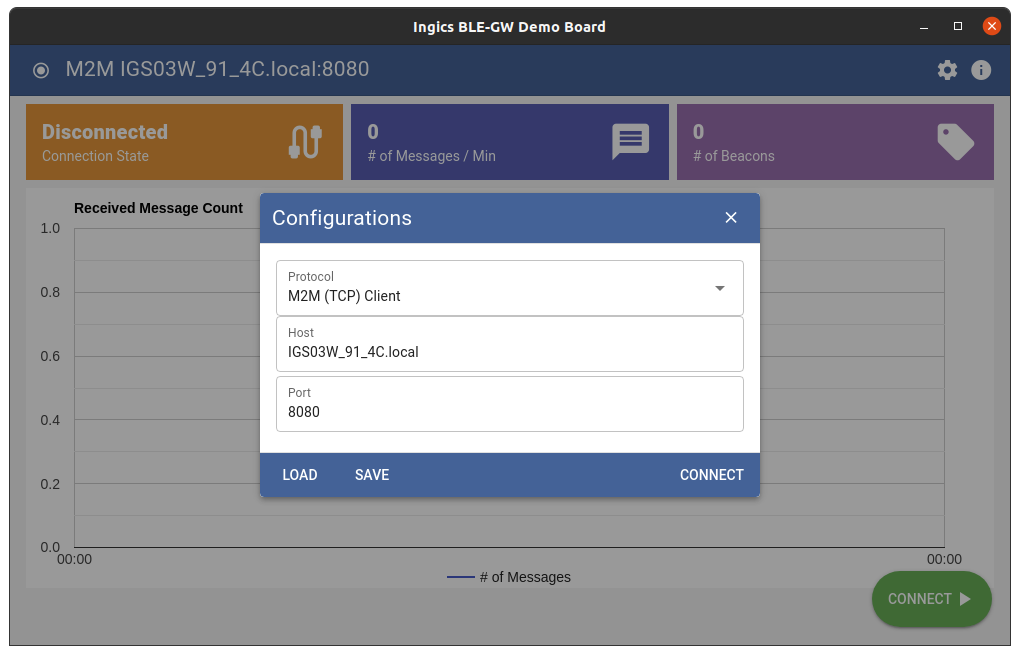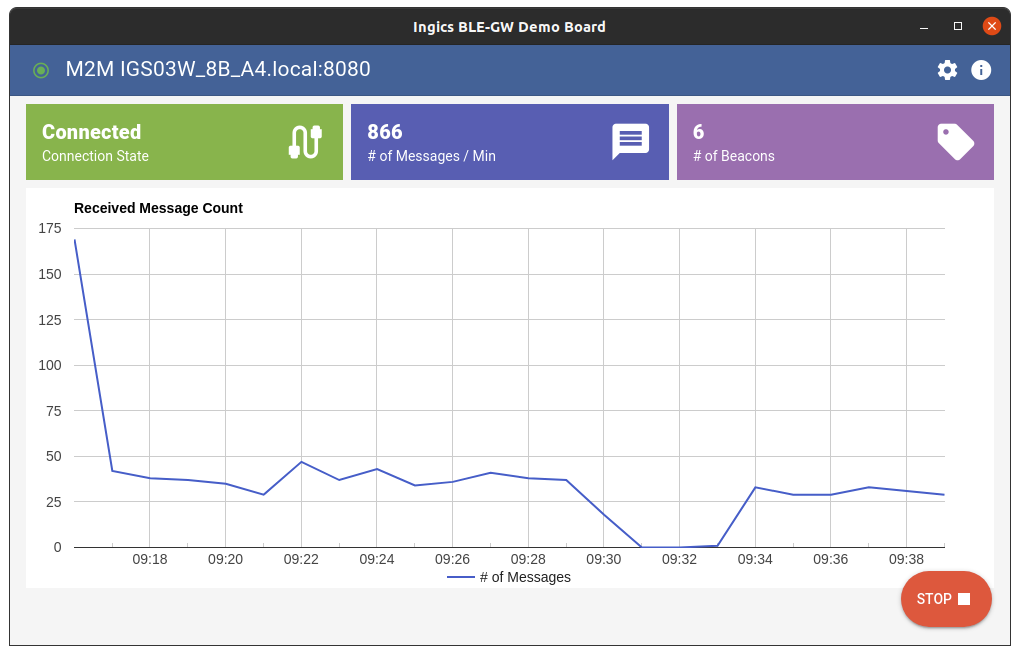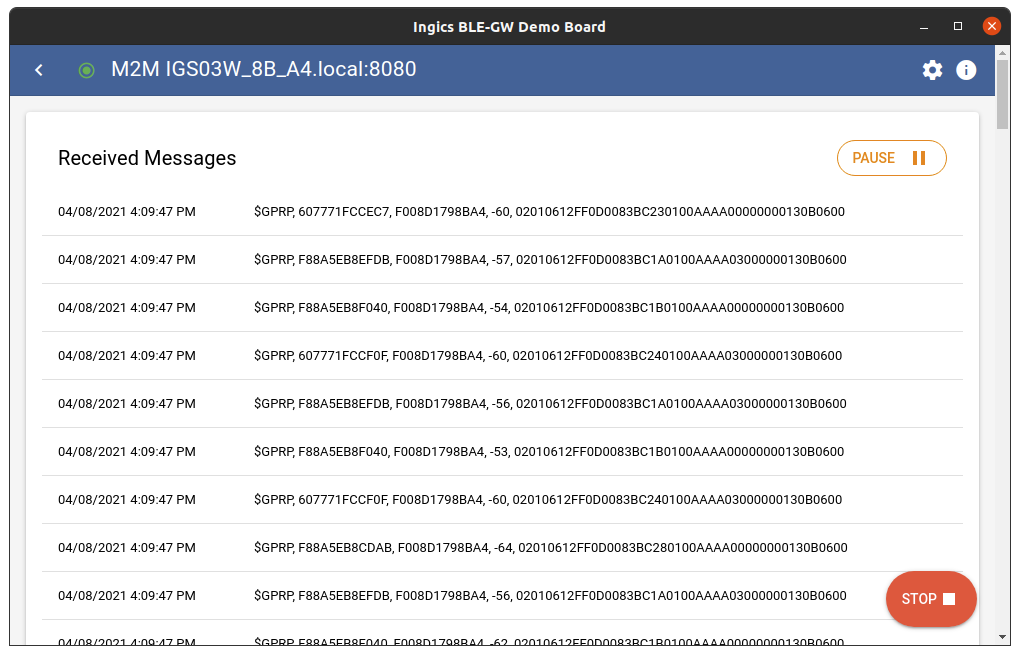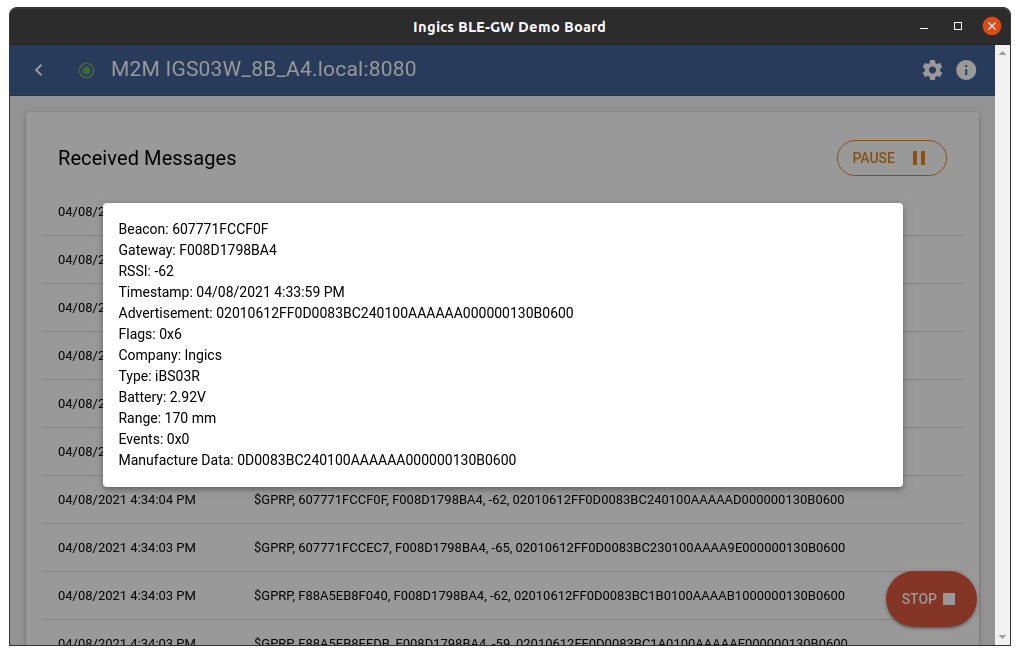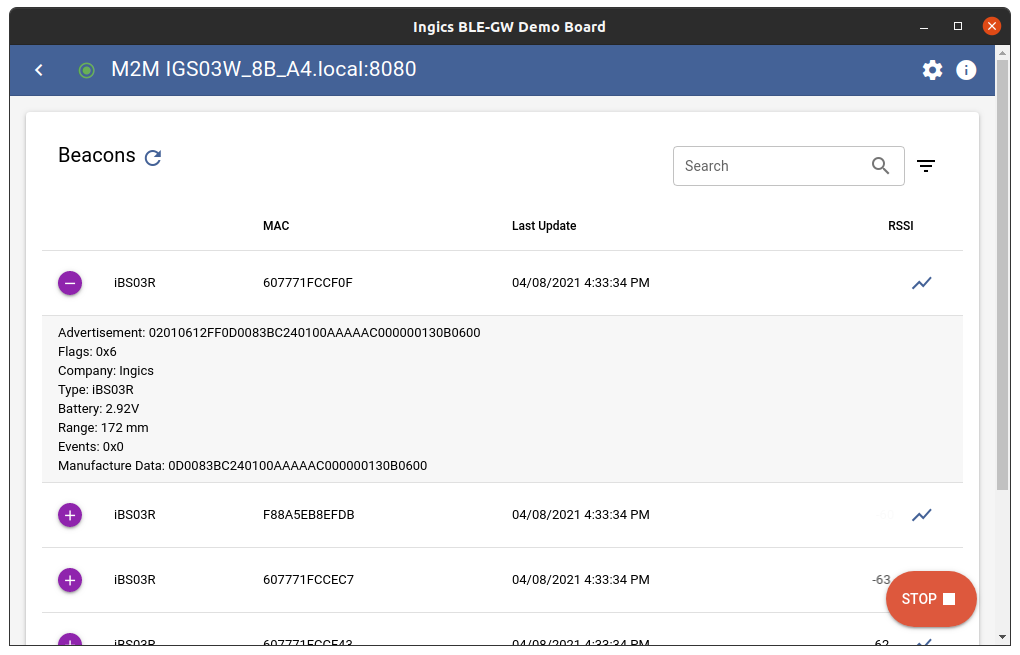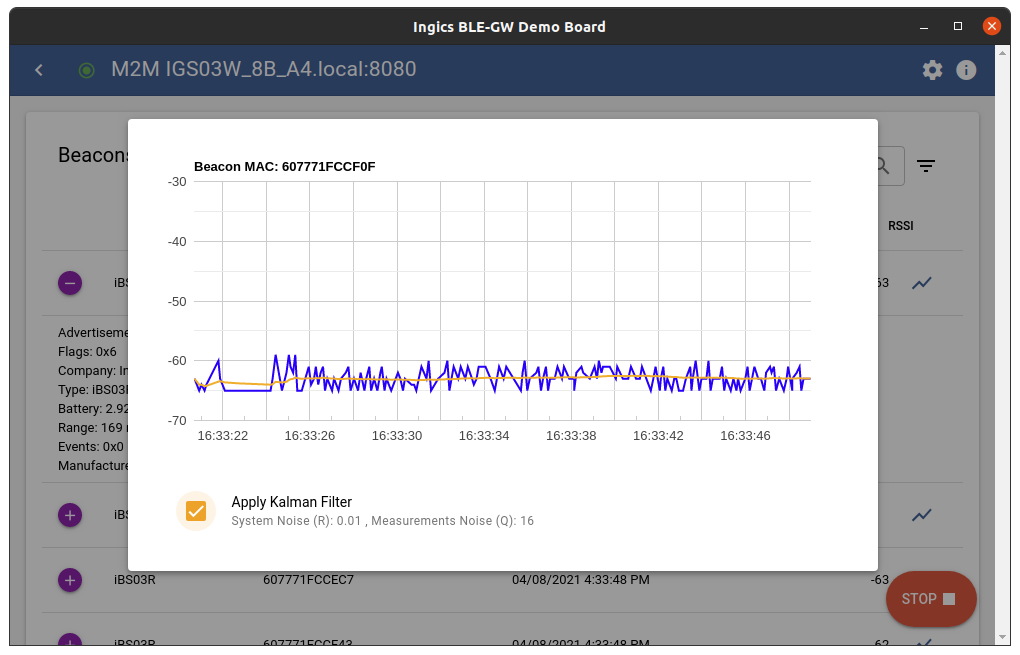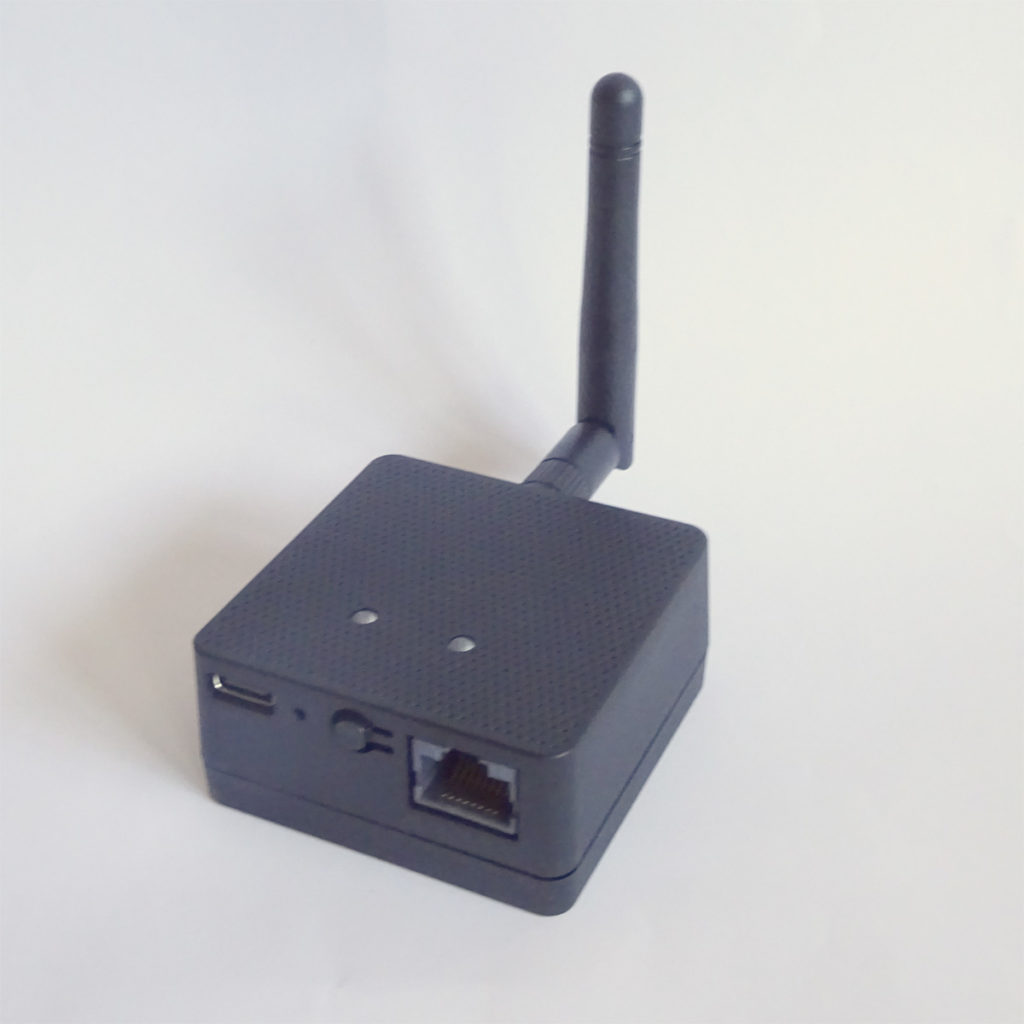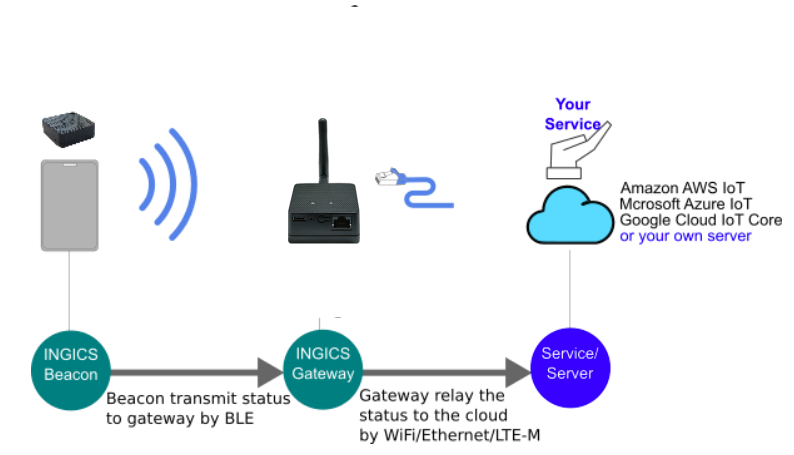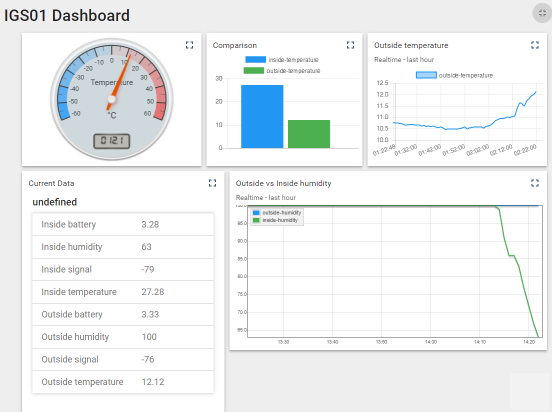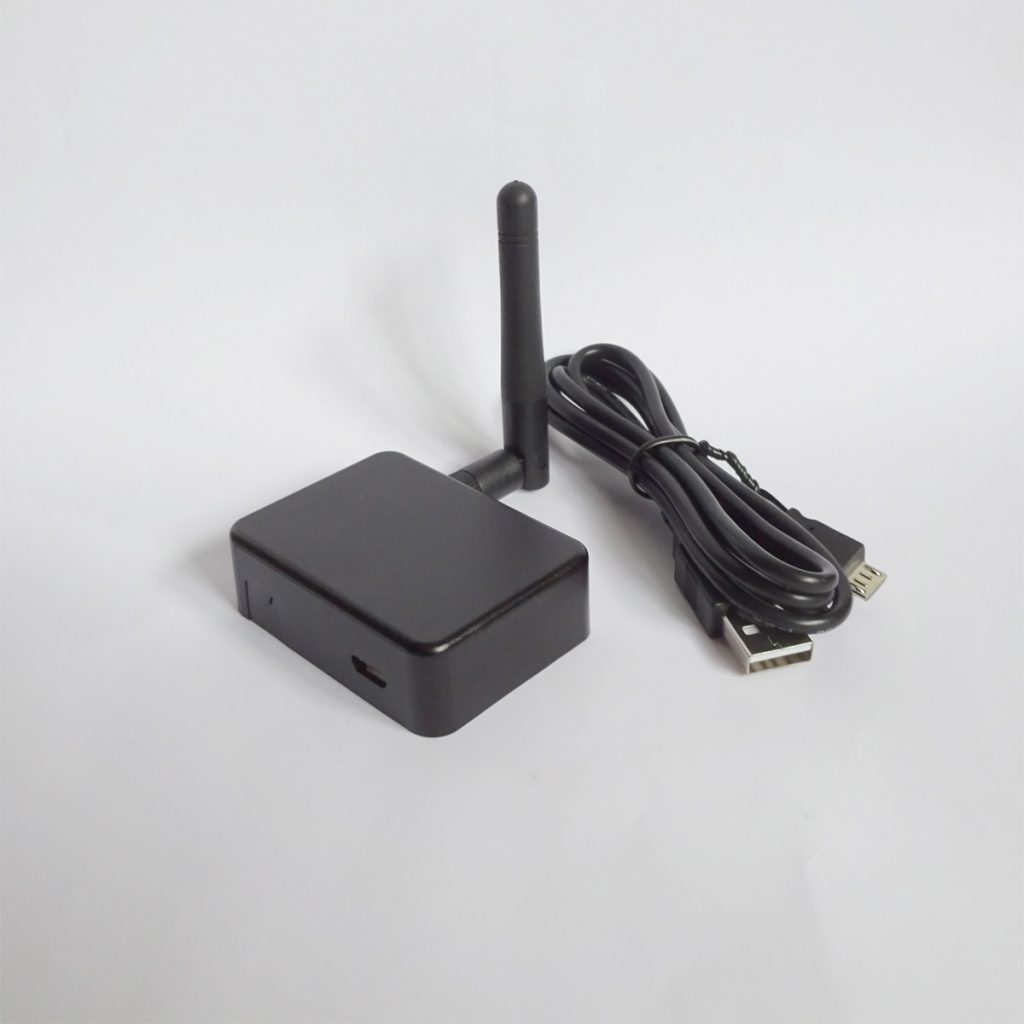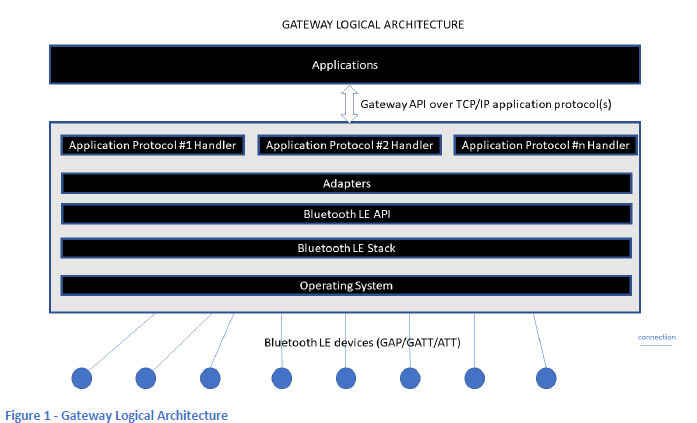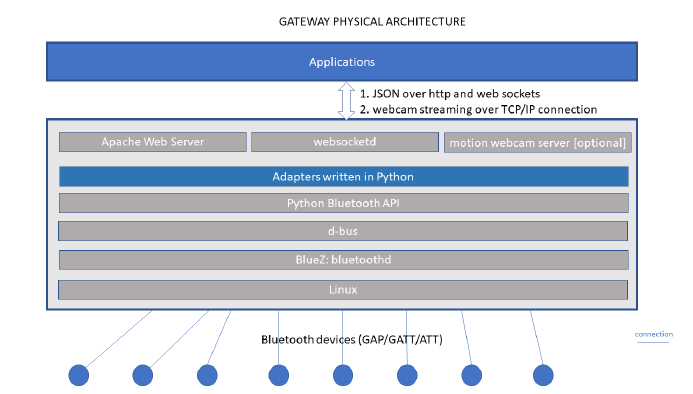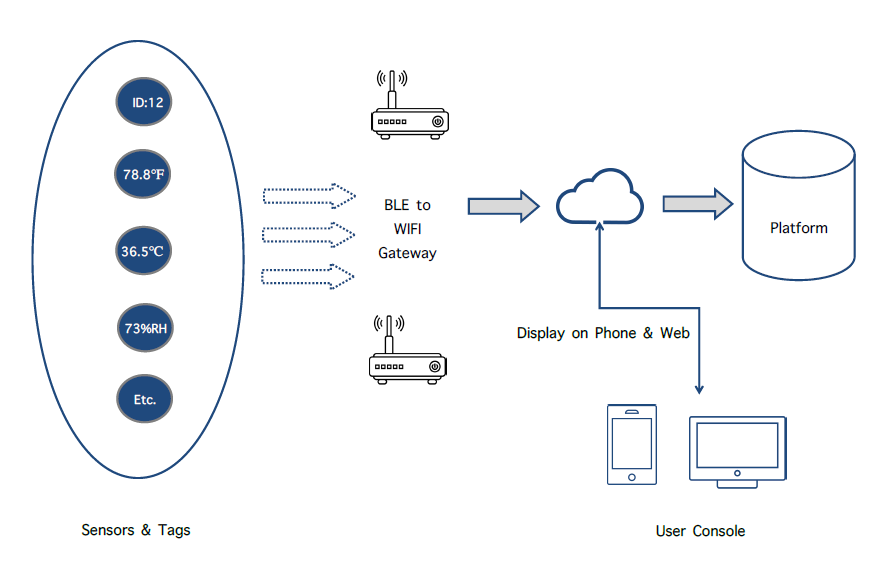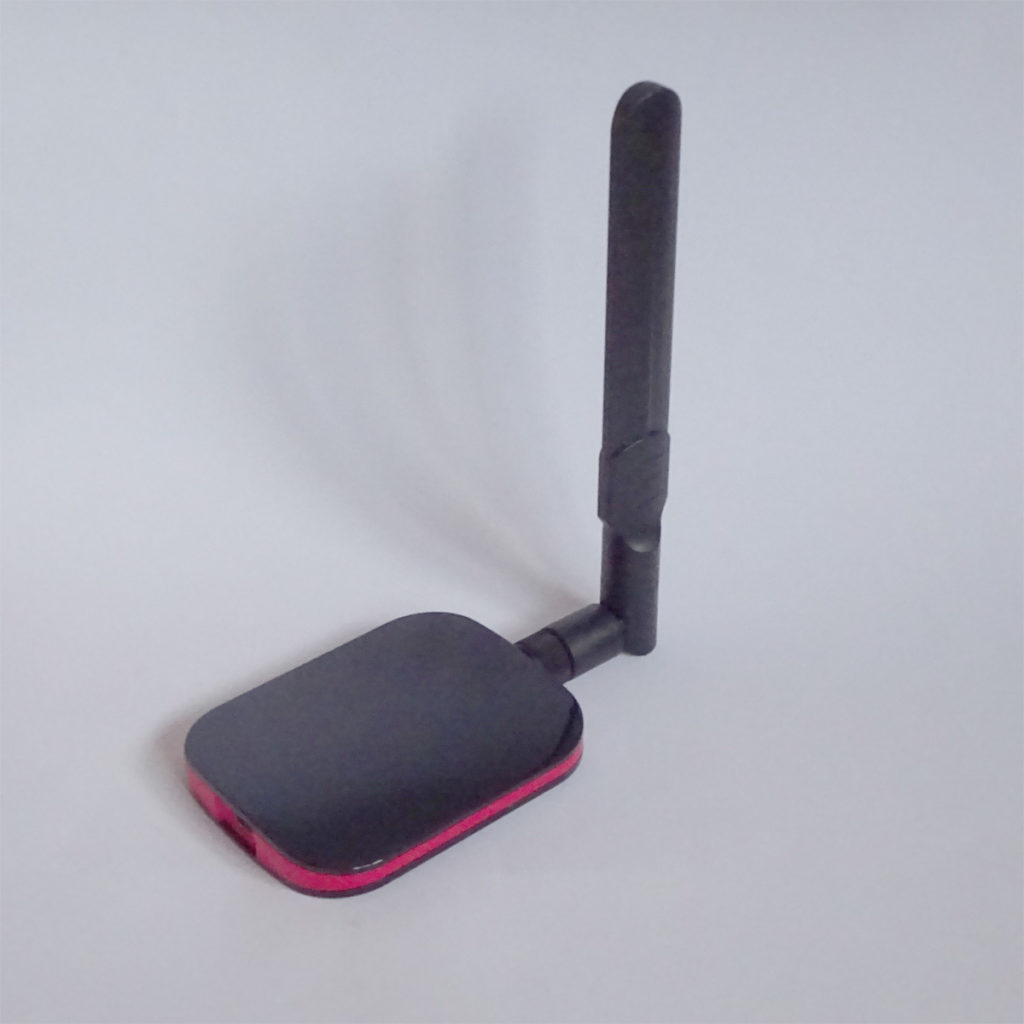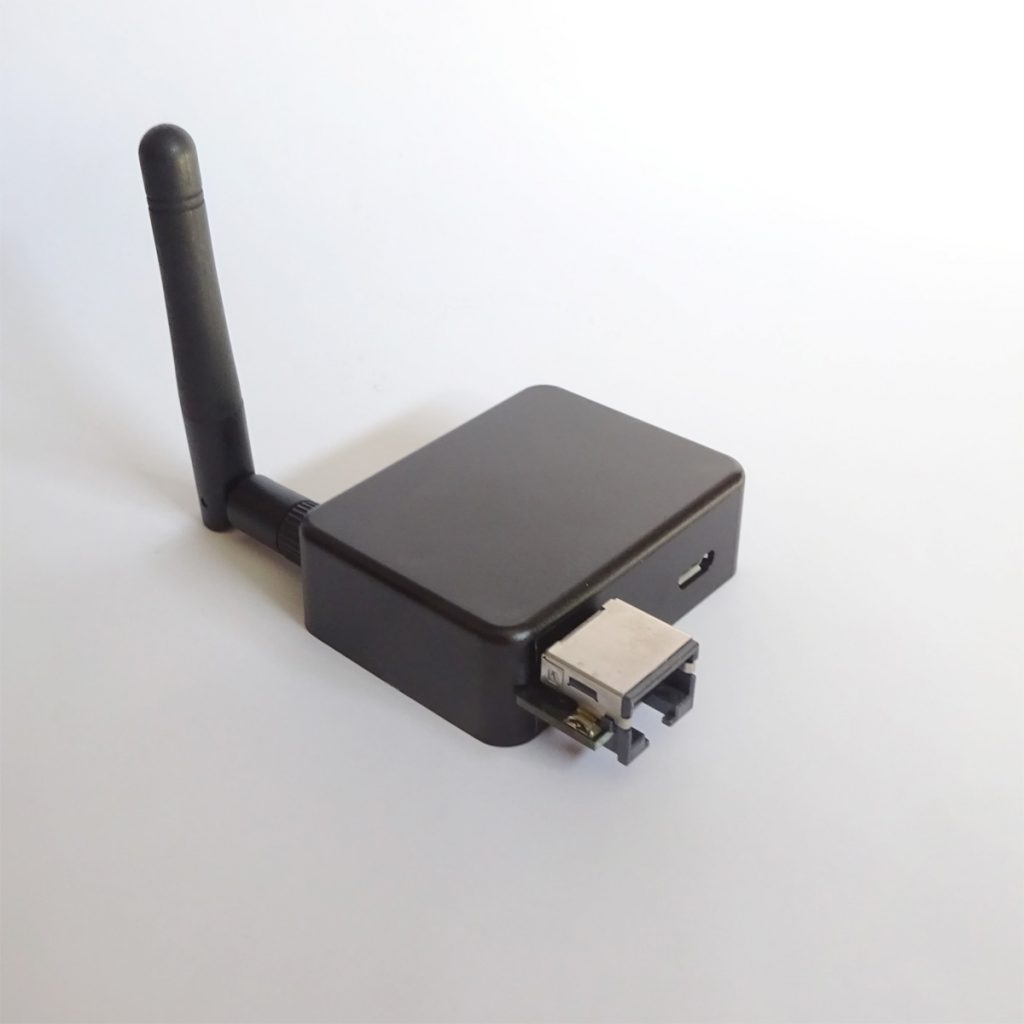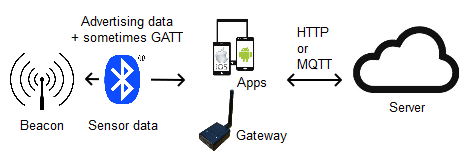Bluetooth WiFi gateways offer MQTT and/or HTTP for sending data to servers/cloud services. We are often asked which should be used. HTTP is what’s used by your web browser to fetch and send data to web servers. In very high level terms, MQTT accomplishes a similar thing but is better optimised for mobile devices and the Internet of Things.
HTTP is very ‘chatty’ which means it’s more complex, code wise, to implement at the sending end and wastes a lot of data and processing power getting information from sender to receiver. You can think of HTTP as wrapping the data within lots other data that gets sent backwards and forwards. MQ Telemetry Transport Protocol (MQTT) came out of IBM, is now an ISO standard and uses lightweight publish/subscribe messaging. It requires a smaller code footprint at the sender and uses less network bandwidth. This matters most when you are trying to get the maximum transactions per second or are being billed for data use.
Bluetooth WiFi gateways are powered via USB and have reasonably powerful microcontrollers so MQTT’s efficient processing doesn’t matter that much. The more efficient processing is more applicable to apps running on mobile devices. For example, Facebook uses MQTT which saves battery life.
However, being lightweight, MQTT offers faster response times and lower data use than HTTP that, while not necessarily being of much of an advantantage for the BLE WiFi gateway, benefits the communications medium and server side. The communications medium, that can sometimes be cellular or be data constrained, uses (and possibly bills) less data. More crucially, the server can process more requests in less time. MQTT tends to be better when connectivity is intermittent, bandwidth is at a premium and throughput is critical.
In summary, MQTT has lower latency and is more efficient. Whether these are required advantages depends on your actual project. If you need more help, consider our development services.
